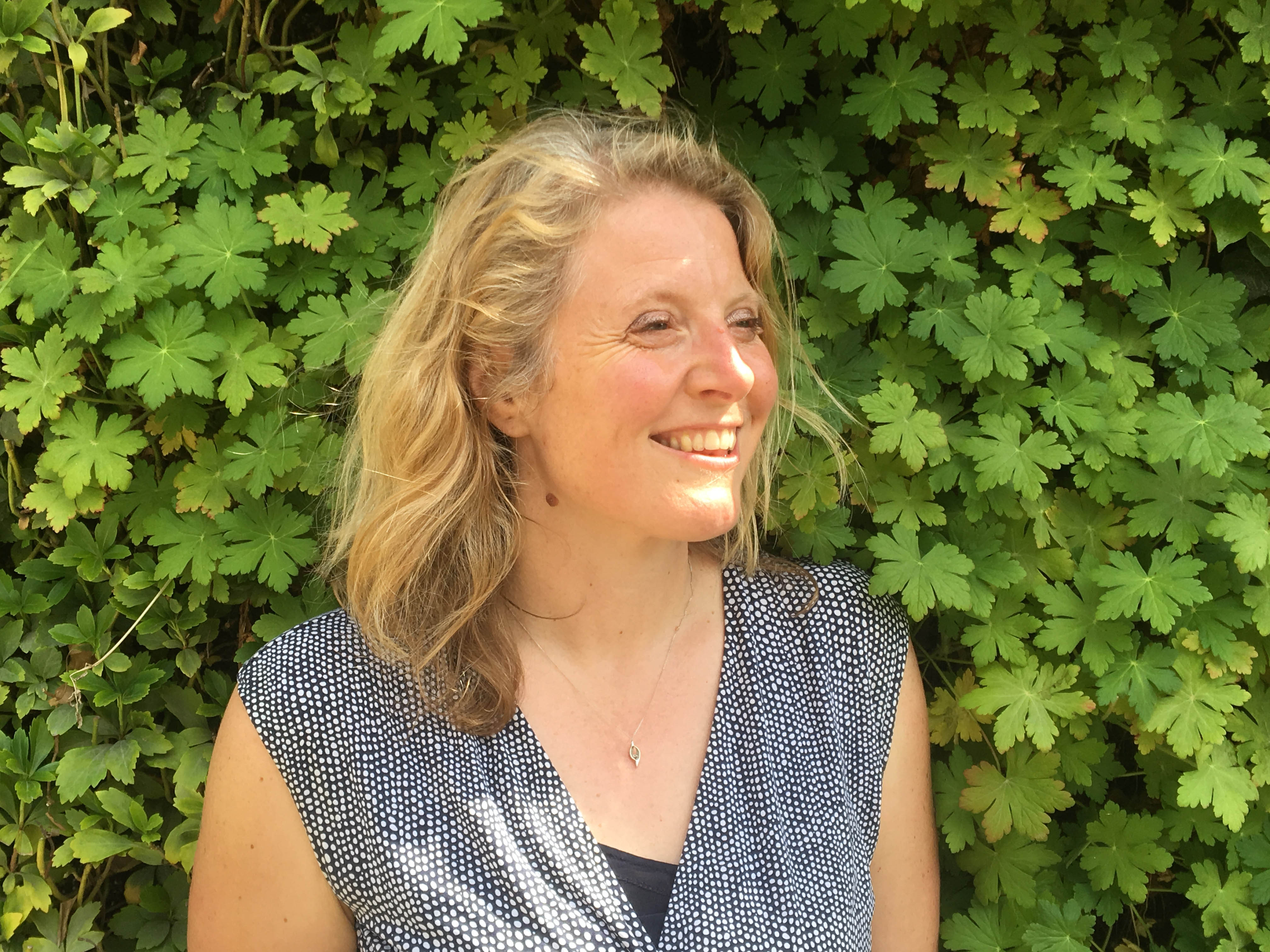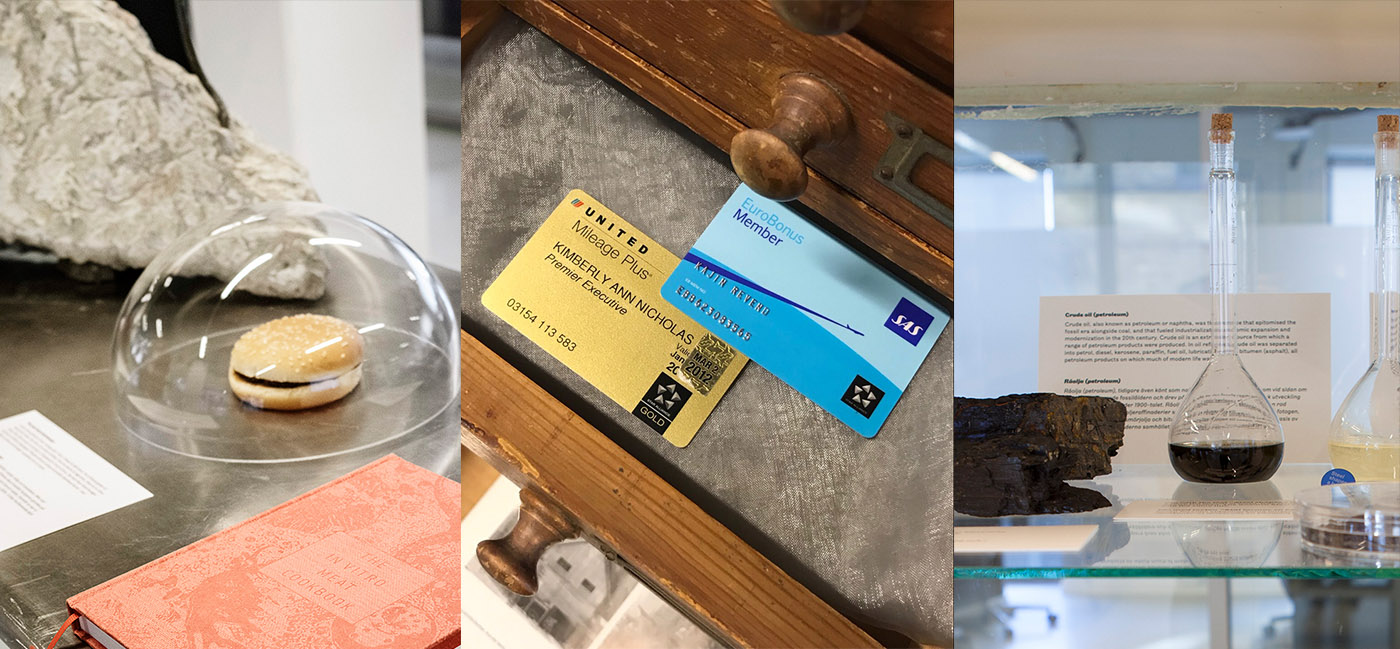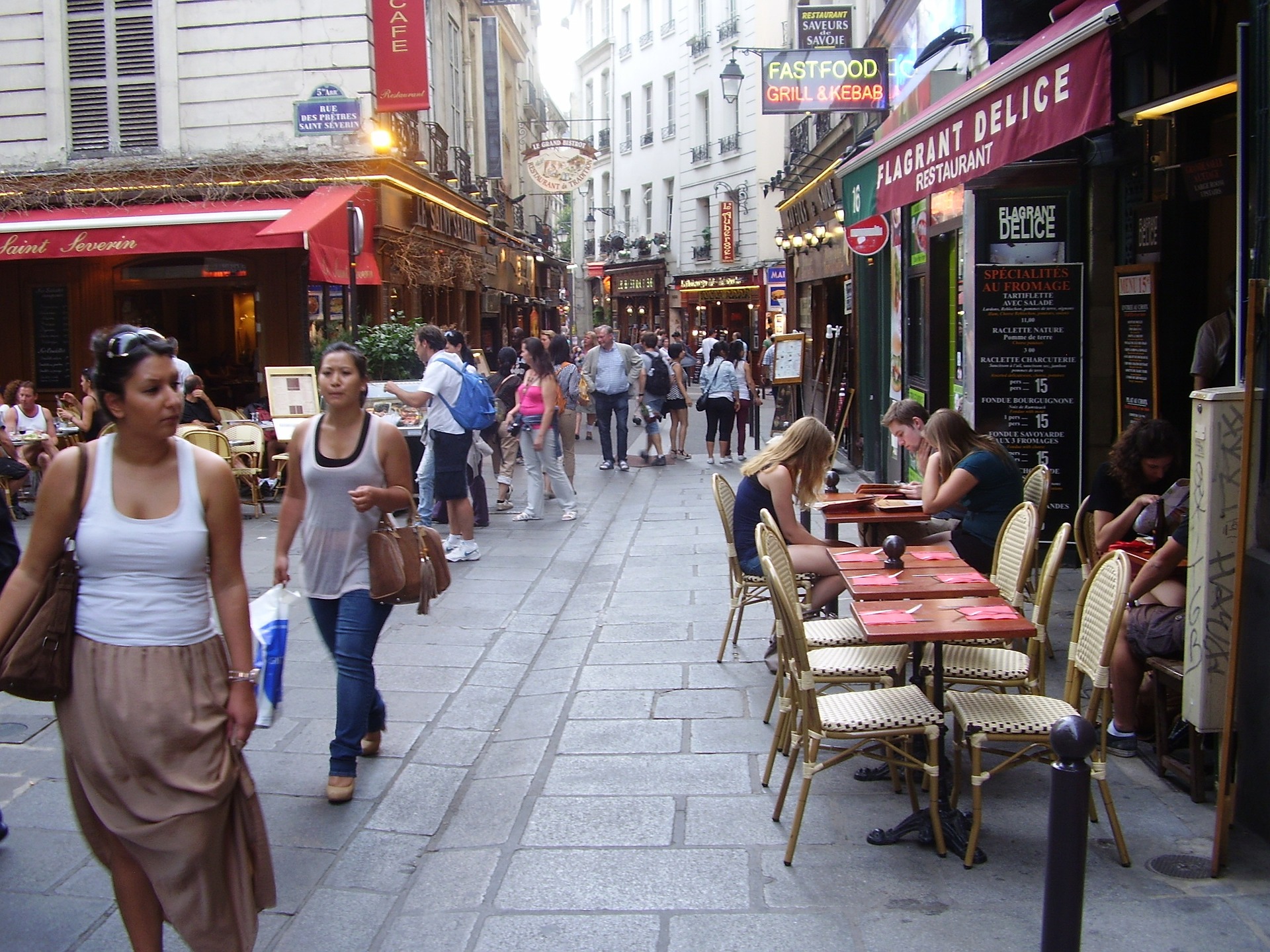Cities have a critical role to play in fighting climate change but hard conversations lie ahead about the best way to achieve the transition to sustainability, according to Harriet Bulkeley, professor of geography at Durham University, UK.
What makes cities so pivotal in fighting climate change?
‘It has taken the world quite a long time to realise that greenhouse gas emissions, although they are a global problem, come from particular places and from particular sectors. Cities are places which are really highly concentrated in terms of where people live, in terms of our industry and also, importantly, in terms of high levels of consumption. It stands to reason that it’s the places where those things are happening that are going to be very much at the front line of trying to address climate change in terms of reducing our impact.
‘But I think it’s also because cities have got a whole set of capacities in terms of addressing climate change the other levels of government just don’t have. If we need to change the way we get ourselves around on an everyday basis, then a lot of that’s going to come down to whether cities are building enough bike lanes, whether we are planning our urban layout in such a way that it makes it easy to get between work and home, school, and so on. Those are capacities and powers that cities have.
‘And the final thing is our resilience and our exposure to climate change. We’re inhabiting an urban planet and so it matters how cities go through that change, how vulnerable they are to heat, to water stress, to food stress as well.’
‘We talk often quite glibly about the idea of decarbonising but what does that mean that we actually have to get rid of?’
Professor Harriet Bulkeley, Durham University, UK
When we talk about cities ‘taking action’, who do we actually mean?
‘When we think of cities and their action on climate change, we first of all think about municipal governments, mayors and so on – they’re really important. But it’s actually the whole set of partnerships that operate in cities every day to get things done that really matter.
‘Melbourne (Australia) has a green hotel scheme, for example, where 70 hotels have signed up to collectively reduce the impact in the city of the hospitality industry.
‘It’s important that we don’t isolate cities when we’re thinking about climate change – it’s not as if it’s cities or nothing. But cities are great scale for action (as they are) in the middle of lots of networks and lots of partnerships and levels of government.’
And what kind of actions are we talking about?
‘Some cities may really need new forms of economic regeneration and development. The whole idea of the new green economy and green industrialisation is a win-win situation for them. I’ve seen some very interesting work saying that actually quite a lot of the poorer coastal communities and port cities around the North Sea have been really benefitting from the wind energy revolution we’ve had in Europe because it’s bringing new jobs into port towns that have gone through quite a period of economic deprivation.
‘There is such a variety of things that cities can do, they can usually find something that they can do that is win-win. And they’re not doing everything. Maybe in a city where they can really strongly back the renewable energy industry, they can’t do much about car-based transport.
‘(But) they can really be ambitious with particular issues and really show what can be done. And then you’re getting that sort of race to the top where other cities say: “Okay actually, it wasn’t that hard to go for 50%/60% renewable energy.” Or: “It wasn’t that difficult to insist that new urban developments had 30% of (their) energy provided by renewable sources – we could do that too.”’

If some cities are working on renewable energy, others are working on reducing cars, what does it actually mean for a city to be sustainable?
‘There is no one definition I’m afraid. The United Nations now has 17 different Sustainable Development Goals. And I think one of the reasons for that is to just say that sustainable development is multifaceted.
‘I would think of it in three fundamental terms: addressing climate change, being able to live within our means in terms of nature and resources, and then also wellbeing (of people).’
We know that one of the challenges for Europe’s cities is an ageing population. What are some of the other key issues facing European cities in particular?
‘An ageing urban infrastructure. European cities were built, many of them, with large connected infrastructure systems, by the public sector. Whether they’re electricity networks, whether they’re sewerage systems or water infrastructures, we’re coming to a point where we have to be thinking about whether we renew them and whether we keep that same model of infrastructure provision or whether we don’t.
‘Can we really continue to pipe massive amounts of water around cities in most of Europe under climate change scenarios? Do we need to be building large-scale reservoirs or do we need to be starting to think about different ways of recycling water, different sorts of more decentralised networks, decentralised technologies?
‘We’re starting to see this with the electricity system, where the whole idea of smart grids is coming in. Smart grids are both a response to the need to reduce carbon emissions but they’re also a response to the legacy issues of having to replace the large-scale electricity grid.
‘It’s a massive challenge but it is also a massive opportunity for us to think differently about the fundamental provision of energy, water, sewerage and mobility in cities.’
What can people do at the individual level to help their cities become more sustainable?
‘Existing housing is one of the biggest consumers of electricity and heat. A lot of it is in quite poor condition.
‘A lot of people do focus on more sort of sexy things like flying and eating meat – and those are important – but there’s quite a lot of just boring emissions (that can be cut). Just insulating our roofs properly would probably do more to address climate change.
‘The decisions we’re making now about how we develop our built environments will be there in 80 years’ time. So, we really have to get those questions right because we’re putting on the ground now the housing that our generations will be living in in 100 years’ time in a completely climate changed world.’
It all sounds very positive. What are some of the big challenges?
‘We can do lots of new things but we also have to undo old things. We talk often quite glibly about the idea of decarbonising but what does that mean we actually have to get rid of? And how do we deal with that?
‘What place does the out of town shopping mall have in the world in 2060? Is that something that we can really afford the resources for? How about a second car? I think that’s a really hard set of political questions.
‘There’s also the question of climate justice or environmental justice – we talk about it at the global level, that the developed countries should reduce their emissions more than developing countries and … give financing to protect the resilience of other countries because of climate change. (We need to) take that discussion down to a city level. Who actually might be allowed to not reduce their emissions and why? And what form of financial compensation might we need to also be thinking about? Now that is a discussion which is extremely difficult.’
How do we go about tackling these issues?
‘Art can be a really useful space to explore some of these questions in a non-confrontational manner.
‘I’ve seen some quite interesting stuff done by the artist community here (in Europe), things like museums of the future – trying to imagine a world in 2050 where you have a museum and what is in the museum because you don’t see it in the street every day.
‘That is something where cities haven’t so far done as much as they could, just kind of engaging with the arts and cultural sector to help us think through some of these difficult questions.’

Prof. Bulkeley coordinates the Naturvation project, which is funded by the EU. If you liked this article, please consider sharing it on social media.
Originally published on Horizon.

